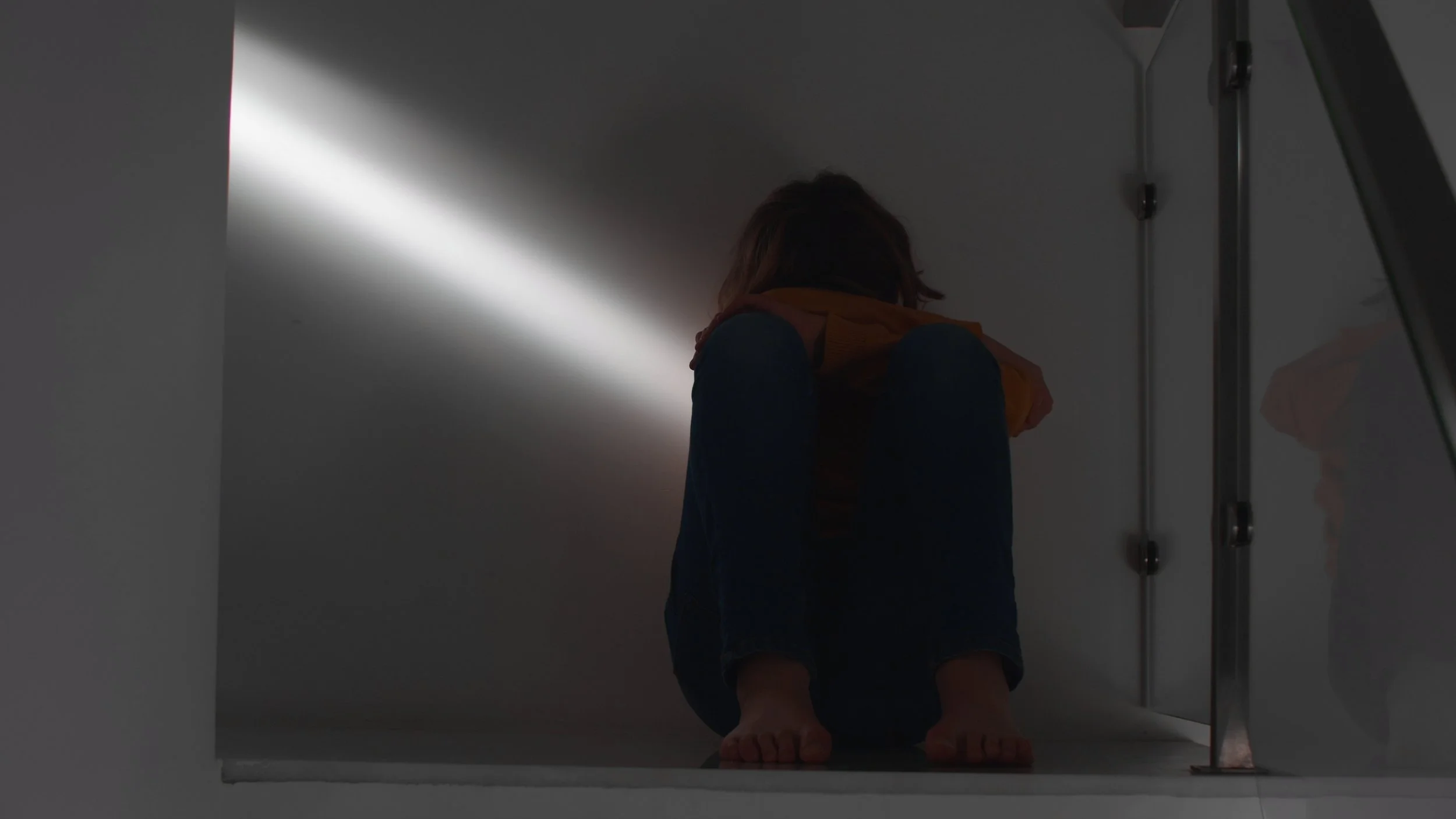Restless Hearts and Ancient Wells: Catholic Classical Education as Sanctuary for Youth in Crisis
Catholic Classical Education offers a singular remedy in a world that too often feels like a Twitter thread gone sideways — fractured, anxious, and strangely comical in its inability to cure itself. Recent data from the CDC (2023) reveal that 40% of teens report persistent sadness or hopelessness, with 20% seriously considering suicide and 9% attempting it. This, friends, is not merely a bad mood after a geometry test or a spat over who gets Amazon Prime privileges. We are witnessing epidemic proportions of adolescent anxiety and depression, exacerbated by social media’s carnival mirrors, academic performance anxieties, and the suburban sprawl of loneliness left by fragmented family and community life.
The reasons for the youth mental health crisis are legion and, if we are honest, sometimes absurdly simple. Studies flag overexposure to digital technology, particularly social media, breakneck academic expectations, reduced multigenerational family support, and relentless comparison as some of the chief culprits. Toss in the opioid-fueled dissolution of families, the decline of church communities, and round-the-clock political unrest — and you’ve constructed a perfect anxiety-inducing goulash. Sociologists and pediatricians now point in unison to what the Church Fathers called a deep “restlessness.” St. Augustine would have nodded his woolly head in recognition.
Here enters Catholic Classical Education (CCE), stage left, with the modest proposition that the pursuit of truth, beauty, and goodness — under the gaze of the Logos himself — offers sanity and sanctuary.
Unlike mainstream pedagogues who prescribe more mindfulness training and phone-free Fridays, the classical Catholic classroom re-centers the soul with enduring principles. Here, the mind is not a widget to be optimized, but a wonder to be awakened; the heart is not merely to be shielded, but broadened by love and sacramental friendship.
John Paul II wrote, “depression is always a spiritual trial,” highlighting the integral relationship between mental health and spiritual meaning. Catholic education’s genius is to refuse reductionist diagnoses, instead approaching the student as a unity of body, mind, and soul. Daily prayer, sacramental participation, and regular contemplation tether young hearts to the eternal — an antidote to what the novelist Walker Percy called “the unhappiness of being unanchored in the cosmos.”
CCE also fosters true community — life-giving, even when occasionally annoying. Reading Dante isn’t just about parsing terza rima but learning how to walk beside fellow travelers (some more lost than others). In the stories of the saints, the Socratic seminar, and even rambunctious house competitions, students witness what philosopher Alasdair MacIntyre labeled “practices of virtue in community,” supporting resilience and a sense of belonging that modernity often strips away.
Thirdly, the intellectual formation in classical Catholic schools is impoverished neither by utilitarianism nor by ceaseless novelty. Students drink from the wells of Plato, Augustine, and Aquinas, learning not merely content but how to wonder, question, and suffer nobly — all of which inoculate against the nihilism that can feed despair. Socratic dialogue disarms anxiety by allowing students to voice doubts and discover, to their shock, that others too sit in shadowed valleys.
Consider Anna, her story blending the ordinary and the luminous. Once buckling beneath anxiety and social isolation — her self-worth set by the latest likes and schoolyard micro-aggressions — Anna arrived at a Catholic classical academy with a transcript heavy with absences and a smile almost vanished. In literature class, she met St. Augustine, whose restless heart seemed an ancient echo of her own. Guided by a teacher who cared as much for souls as for syntax, Anna realized that her longing was neither unique nor pointless. In the confessions of an aged bishop, she found secret kinship, and in daily prayer and true friendship, new hope. Anna is no outlier; she is a signpost for what happens when young people are invited (not coerced) to see themselves as beloved, purposeful, and destined for glory.
The practices of CCE — Socratic discussion, literary immersion, virtue ethics grounded in Aristotle and Christ, and a rhythm of prayer and liturgy — are not self-help hacks or spiritual protein shakes. They are, instead, reminders that to be human is to be storied, questing, and unfinished. Where mainstream schools may offer mindfulness meditation in sterile gymnasiums, CCE offers adoration before the Eucharist, confession (in parish community), and the dangerous gift of wonder.
Empirical research confirms that deeply communal, virtue-driven schools sporting a “sacramental imagination” see not just higher academic performance but measurable improvements in well-being and resilience (Schwartz, 2023; Riley, 2022; The Cardinal Newman Society, 2023).
To heal the modern malaise, Catholic Classical Education does what only eternal things can do: it makes suffering meaningful, joy possible, and life intelligible. The antidote is not less suffering, but more beautiful suffering, oriented toward the One who transfigures even sorrow into song.
Or, as Chesterton suggested in a different context, “There are no uninteresting things, only uninterested people.” The great task of Catholic Classical Education, in the end, is to make students infinitely interested again — in God, in each other, and in their own holy, mysterious, often hilarious lives.


